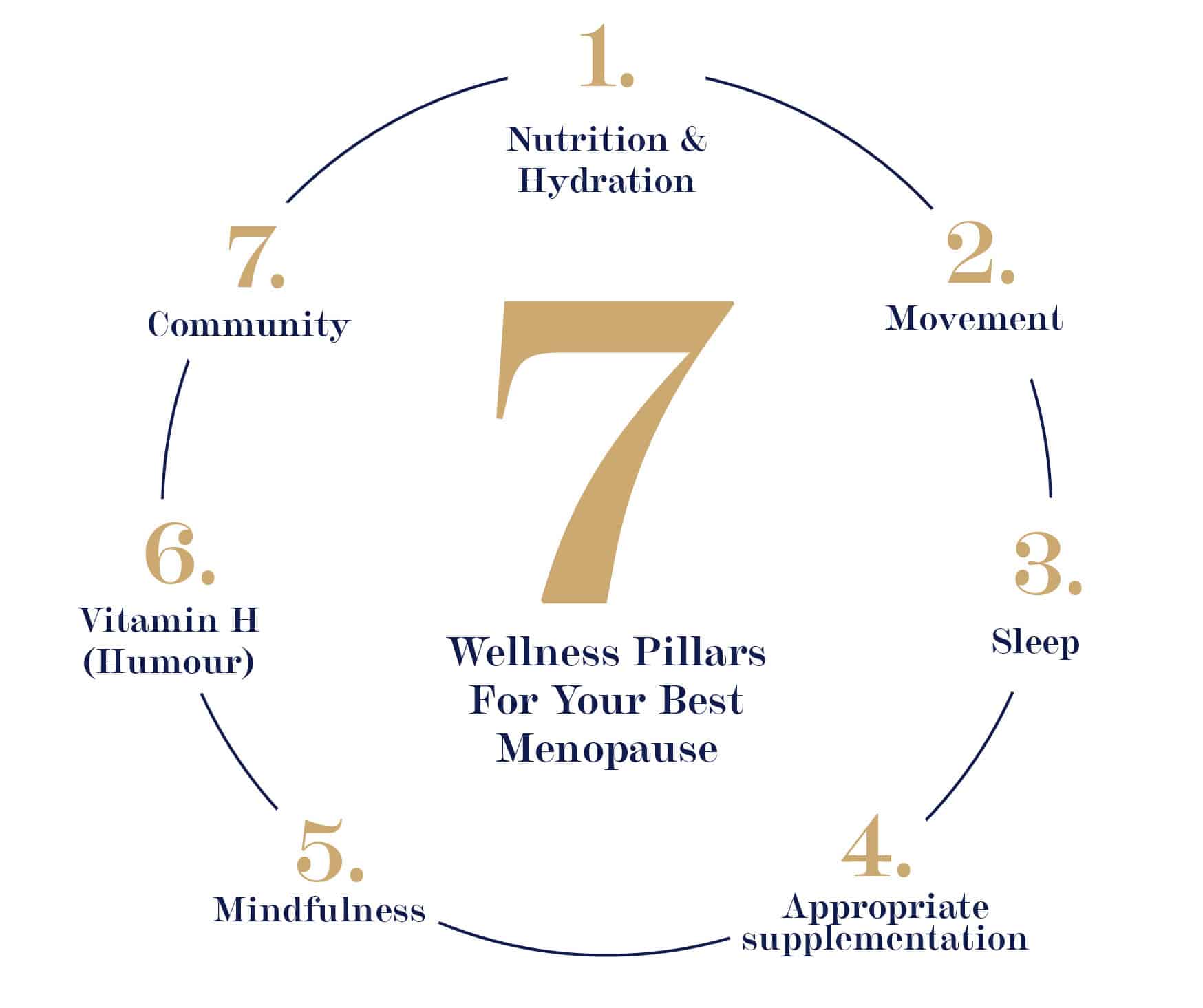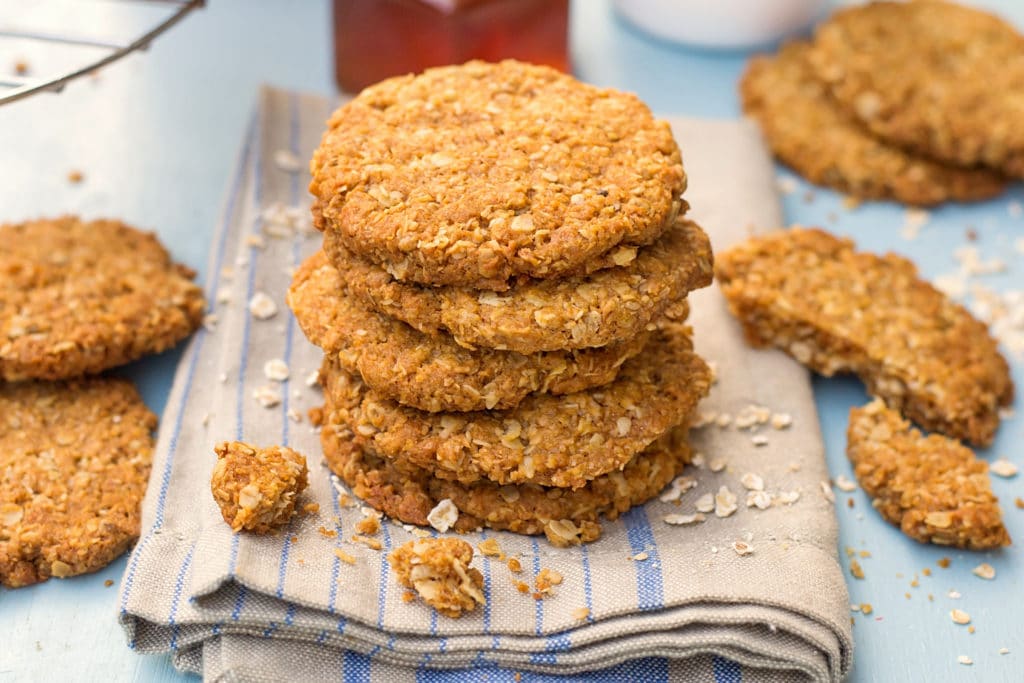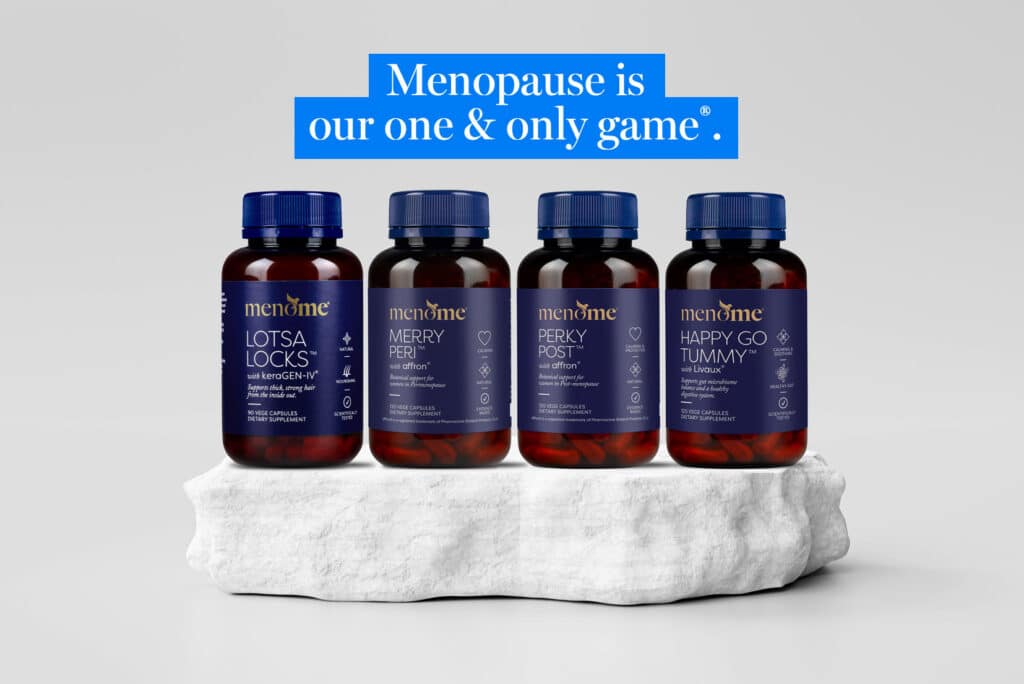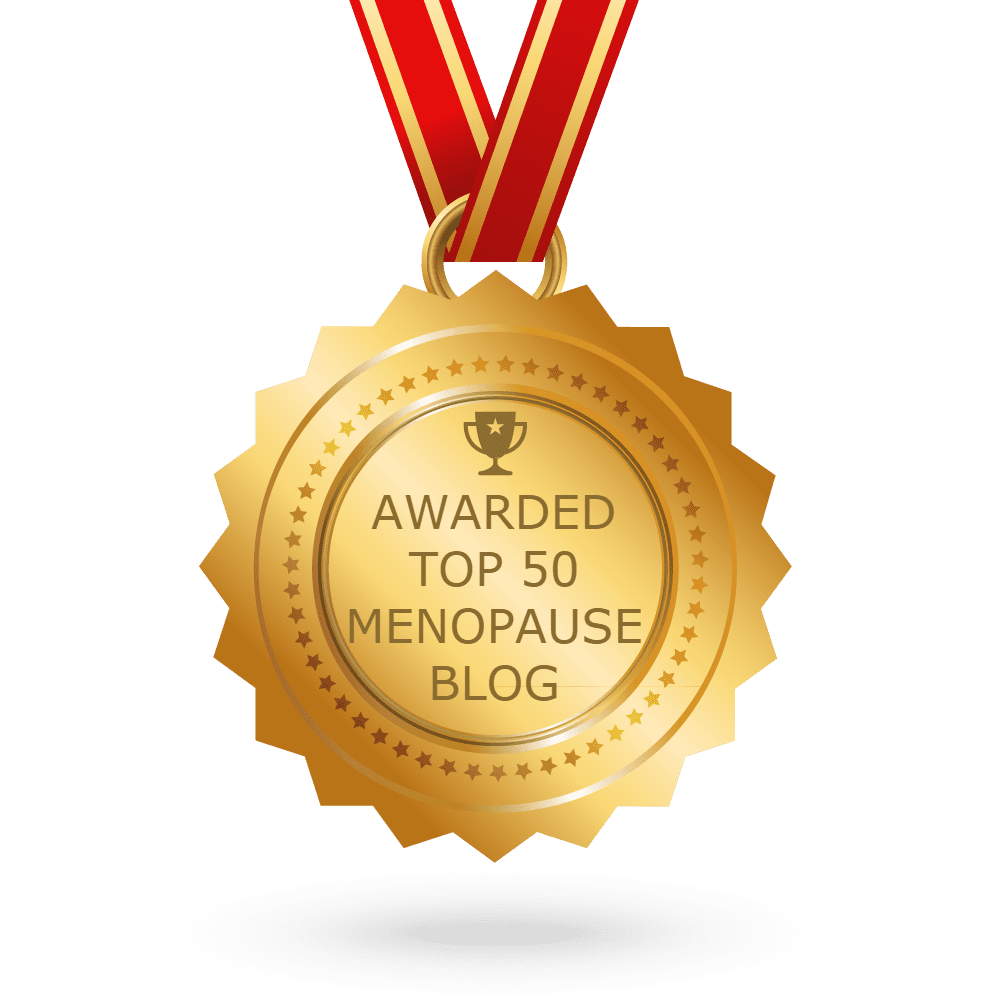Menopause friendly ANZAC biscuits? Yep, you see one of the secrets to getting through perimenopause, menopause and post-menopause is making some dietary tweaks.
As well as finding good support (like our Merry Peri® and Perky Post®) and moving your body are also smart choices.
7 wellness pillars for your best menopause

We recommend 7 pillars for your calmest happiest menopause ride.
In addition we suggest food that’s as unprocessed as possible. This is because foods made with refined sugars and carbohydrates can play havoc with our hormones (read insulin) and our bodies. What’s more, our bodies simply can’t process them like they once did. So eating them can have several pesky side effects including weight gain and hormone imbalance.
That said, we get it. What about our beloved habits? Things like Easter Eggs. Pavlova at Christmas…and….ANZAC biscuits.
The good news (yes, it's there!)
You can bake hormone friendly and waistline respecting versions! We’ll give you some options for healthier ANZAC biscuits a little further down. But first let’s talk about ANZAC Day because it’s special.
ANZAC Day
It feels like the older I get the more important ANZAC Day feels. Do you feel like that too?
The world has been through Covid-19 and many memes have popped up on social media like the following.

Gosh, that was a noteworthy reminder to us all!
R.E.S.P.E.C.T
What exactly is ANZAC Day?
ANZAC day is a time of remembrance in Australia and New Zealand. First of all, it commemorates all of the Australian and New Zealanders “who served and died in all wars, conflicts, and peacekeeping operations” and “the contribution and suffering of all those who served.” [1][2]
Originally ANZAC Day was created to honour the Australian and New Zealand Army Corps (ANZAC) who served in Gallipoli.
How did ANZAC biscuits come about?
According to Wikipedia, ANZAC biscuits originated when wives and women’s groups sent biscuits to soldiers during World War I. They were made with ingredients that didn’t spoil easily like golden syrup, rolled oats, baking soda and boiling water. Interesting huh?
Although some people say that’s not correct. The true story is that Australasians made them at home to raise funds for the boys off at war.
Whichever tale is accurate they’re a much-loved treat for Kiwis and Australians. They’re also a great fundraiser for the Returned and Services League of Australia (RSL) and the Royal New Zealand Returned Services Association (RSA).
Menopause-friendly ANZAC biscuits
So, we created an ANZAC biscuit recipe with a difference. It uses rice malt syrup, extra virgin olive oil, whole grain rolled oats, pumpkin seeds and almonds. As a result, they’re more hormone friendly. Here’s why:
- Rice malt syrup is made from fermented rice. It’s still a form of sugar but it is causes less insulin disturbance than refined sugar.
- Many people are intolerant to gluten (especially with the digestive changes of peri/menopause) without being aware of it so we used gluten-free flour.
- Butter was replaced with extra virgin olive oil (EVOO) because a lot of women find it difficult to digest dairy products and may experience bloating. But if you don’t go for it. However, EVOO contains amazing compounds for aches and pains and is anti-inflammatory.
- We halved the amount of almonds and added pumpkin seeds to the balance. Fat content is lower, protein is still high and there’s added zinc, magnesium and tryptophan to help with sleep.
Ingredients
- 1 C gluten-free flour
- 1 C whole grain rolled oats
- 1 C desiccated coconut
- 1/2 C flaked almonds
- 1/2 C pumpkin seeds
- 1/4 – 1/2 C extra virgin olive oil
- 1/2 tbsp baking soda
- 1 tbsp boiling water
- 2 tbsp rice malt syrup
- 1/2 tsp cinnamon
- Pinch of Himalayan salt
1. Start off with the smaller amount of olive oil and add as needed. You don’t want your mixture to be too dry or too runny in consistency.
2. You may want a little more rice syrup if you’re used to refined sugars.
Method
- Pre-heat the oven to 180 degrees celsius.
- Combine the dry ingredients in a bowl.
- Blend the olive oil and brown rice syrup in another bowl.
- Mix all of the ingredients together.
- Add the baking soda to the boiling water and add it to the mixture as it froths.
- You may want to add a little more water or oil.
- Pop into spoonfuls on a baking sheet prepared with baking paper or greased with coconut oil.
- Flatten.
- Bake for 15 minutes (dependent on your oven).
Tip: Some people like to use a lower oven temperature and bake for longer.











